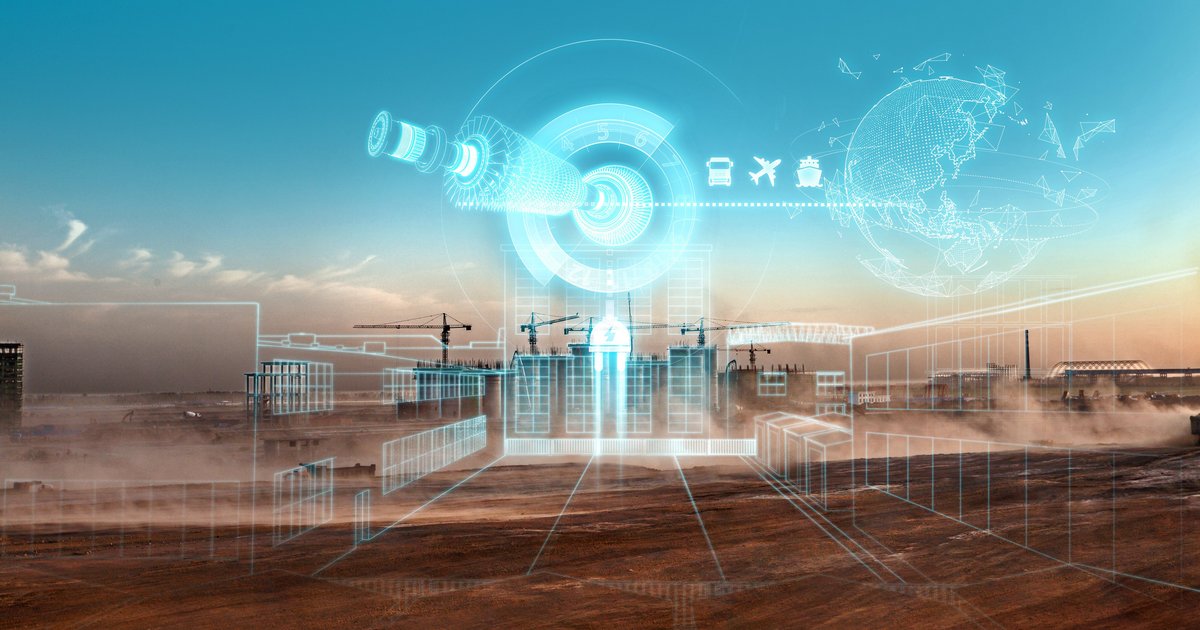Siemens’ report sheds light of building energy efficiency
Siemens' report sheds light of building energy efficiency Energy Digital


Buildings Driving the Energy Transition

With a number of facets to consider in the shift to a decarbonised world, the energy crisis is driving positive changes and is driving strategies, policies, and actions in the right direction. Of course there are a number of solutions to be considered for a variety of applications to electrify the energy network holistically, but buildings are capable of driving the energy transition.
According to the Siemens white paper on the energy crisis, buildings are responsible for 40% of global energy consumption, so it’s safe to say that fossil fuels have been used to keep the lights on and the cooker hot. But, much of this is also operational with 25% of that energy used during the construction phase. The effects of construction are expected to grow unless severe action is taken to mitigate emissions.
Addressing Inefficiency through Energy Retrofitting and Digital Solutions
To address the 75% of buildings that are seemingly inefficient, energy retrofitting and digital solutions are key; more manageable infrastructure will help gain visibility and achieve efficiency status.
Building Energy is Embodied in Construction
With consumption at a critical stage, the future-driven approach is to manage energy digitally.
By leveraging smart building solutions, the future will consist of sustainable communities that will be adapted to meet the needs of various applications, including university campuses, office buildings, and hospitals. The strategy that Siemens proposes looks at the most public areas to tackle the largest pain points.
The report also refers to ‘the health of buildings’ as a focal point alongside digitalisation, which refers to not simply constructing newer, more efficient buildings, but addressing older ones where 75% of the problem lies.
To tackle this issue, Siemens has successfully implemented straightforward internet of things (IoT) solutions and utilised the data collected to optimise energy consumption. The results have been impressive, with energy savings ranging from 30% to 40% in most buildings. The beauty of IoT solutions lies in their adaptability and scalability, making it feasible to digitise building management incrementally.
Further to this, micro-grid controls, energy storage, and other modern functions like electric vehicle (EV) charging will also drive down the consumption of buildings. EVs alone are referred to as energy assets as they leverage bidirectional charging to balance the grid network.
To read the report from Siemens titled ‘The Energy Crisis’, click here. You can also find further features on the company at Energy Digital Magazine.
******
Further insights can be found on our website or click HERE to receive our newsletter with a constant feed of new stories every week.
For more energy insights check out the latest edition of Energy Digital Magazine and be sure to follow us on LinkedIn & Twitter.
You may also be interested in Sustainability Magazine and EV Magazine.
Please also check out our upcoming event – Sustainability LIVE in London on September 6-7 2023.

Join us, as fellow seekers of change, on a transformative journey at https://sdgtalks.ai/welcome, where you can become a member and actively contribute to shaping a brighter future.







